Time Attendance Device
Purchase Guide
12 Important factors to consider while choosing a time attendance device
Time Attendance Devices are required to effectively monitor employee attendance. The need for a time attendance monitoring system grows with the number of employees you manage. But choosing the right devices may be a difficult task, unless you are an expert.
1.
Biometric Device or Proximity Card reader(RFID) or both?
Biometrics relies on the use of unique physical traits such as a fingerprint, a palm/iris pattern, or facial characteristics to identify an employee.
A non-biometric device such as an RFID device uses a proximity card to identify an employee. Buddy punching is a main concern here as the employee can ask his colleague to clock in with the card even when he is absent. Also, the employee may forget to bring his card to work and then he won’t be able to clock in/out the whole day. These issues won’t occur with a biometric device.
But, RFID is faster in identification when compared to biometric readers. RFID is also cheaper compared to Biometric devices.
Card reader(RFID) and Biometrics in the same device
Some devices support multiple identification mechanisms, such as Face, Fingerprint, RFID and Password identification all in the same device. With such a device, employees can use Face recognition while visitors can use proximity cards(RFID).
Face Recognition or Fingerprint Identification?


Face recognition is faster compared to Fingerprint identification. Face recognition takes less than 1 second while fingerprint identification takes less than 2 seconds to identify an employee. If you have too many employees clocking in/out at the same time, face recognition is recommended.
2.
How many devices?
This depends on how many employees are clocking in or out at the same time. For example, all your employees may go out for lunch at the same time. In order to avoid long queues you should carefully choose the appropriate number of devices. The number of devices required varies according to the identification mechanism. You may need more fingerprint devices compared to RFID or face recognition as fingerprint identification takes longer.
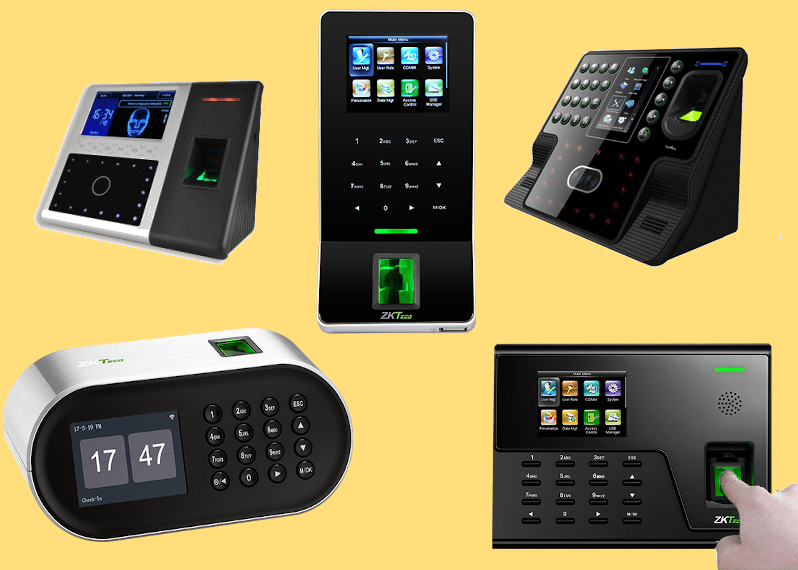
3.
What Device Capacity?
Face/Fingerprint/Card Capacity:It’s better to go for a device that has much more user capacity than your requirement as the device would be fast in identifying employees, and you will have room for new employees.
Transaction Capacity: Since the software automatically pulls data from devices in real-time, transaction capacity is not much of a concern. But it’s good to have a device that can hold data for a month.
4.
PUSH or PULL?
PUSH: When using PUSH technology, the device sends punches to the server whenever it receives one. PUSH updates the server in almost real-time. The server should have a static IP if communication with the server is over the internet.
PULL: When using PULL technology, the server reads the device data in periodic intervals and updates itself. If the communication with the server is over the internet, it’s good if the device has a static IP, otherwise, you will need a software to read the dynamic IP and to update the server.
5.
What kind of connectivity between device and server?
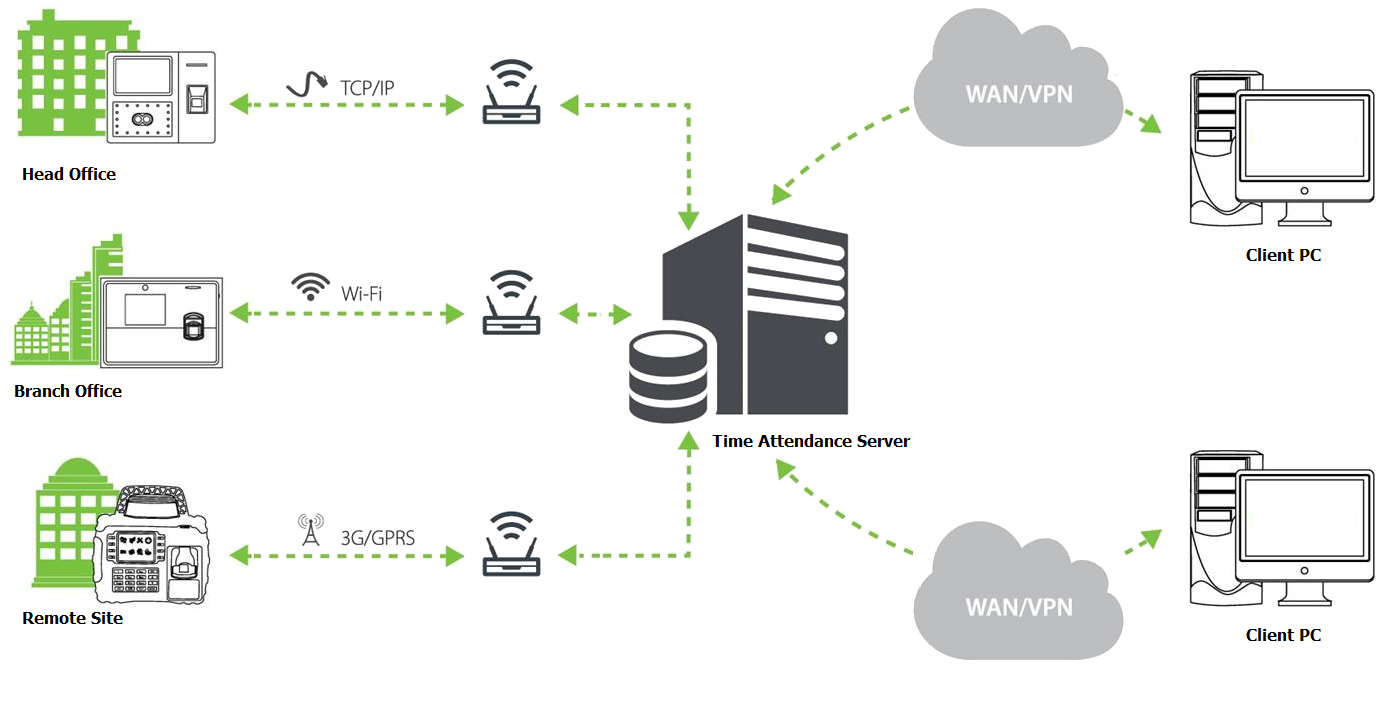
Internet: The devices can communicate with server over the internet in both PUSH and PULL mode. If you want the device to communicate over the internet, ensure the device has TCP/IP.
Mobile Network: If the device is in a remote location, it can communicate with the server over a mobile network. Ensure the device has a 4G module.
Wired LAN: If the device and server are in the same LAN, a wired connection is recommended. If you want the device to communicate over the LAN, ensure the device has TCP/IP.
WiFi: With Wifi more of reconfiguration and troubleshooting may be required as wifi routers change. If you want the device to communicate over Wifi, ensure the device has Wifi option.
USB: With USB, user will have to manually copy the data from device to software. This is not a recommended option as the data cannot come to server in real-time. If you want to use this option, ensure device has a USB port.
6.
Do you need Access Control?
‘Access Control’ allows you to control a door or a turnstile as employees clock in or out.
You may need access control:
- If you run an office and you don’t usually have customers walking in and you want to allow access only to employees
- If you have a server room, you want to allow access only to authorized personnel
- If you want accurate attendance data and you don’t want your employees to forget to clock in or out.
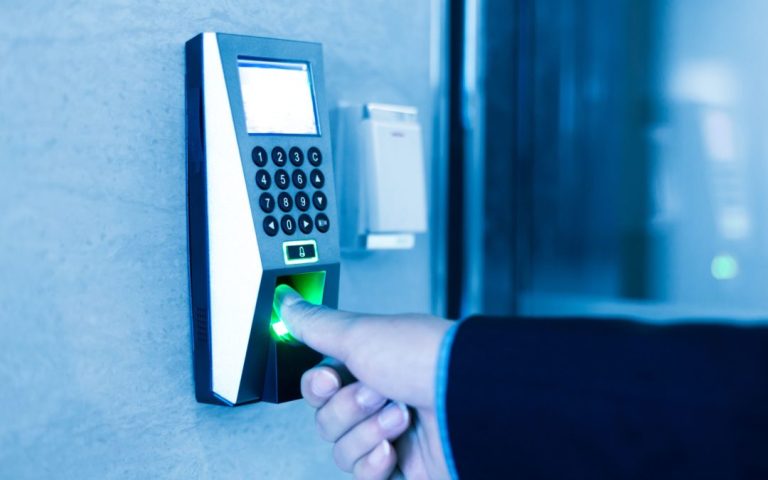
You may not need access control:
- If you run a super market and you have employees and customers walking in through the same door
Access control is more expensive as it may require the following components:
1. Door Lock with brackets
2. Exit Reader
3. Exit Switch
4. Cabling
The components required for an access control installation vary according to the type of door or turnstile.
Wooden door with a Wooden frame
If you have a wooden door with a wooden door frame a normal Electro magnetic lock may be good enough for you.

Glass door with a Wooden frame
If you have a glass door with a wooden frame you need an Electro magnetic lock with U bracket.
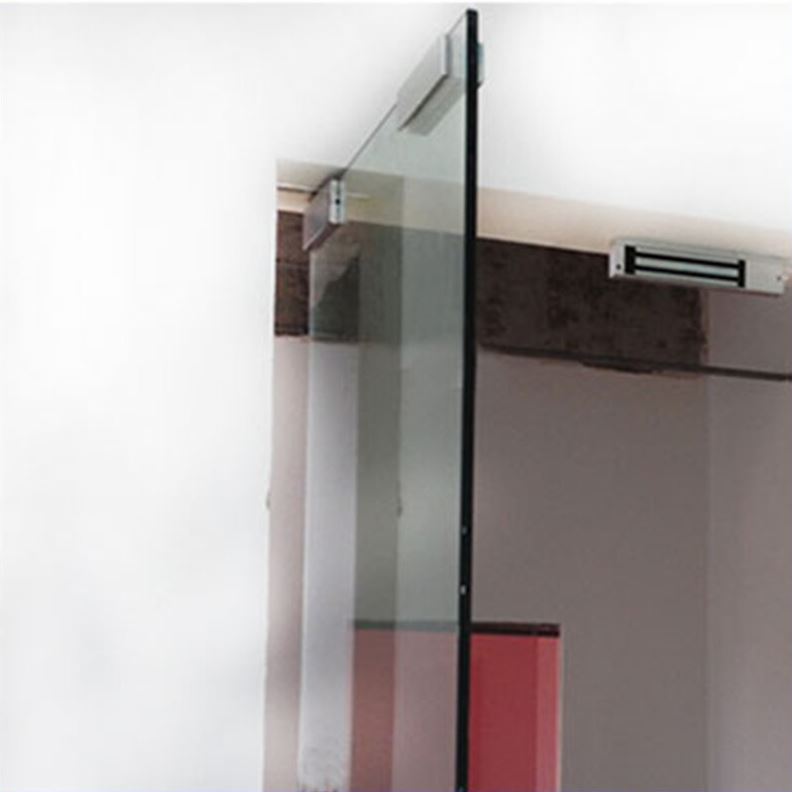
Glass door with a Glass frame
If you have a glass door with a glass frame you may need an Electro magnetic lock with a U and Z brackets.

7.
Do you need an Exit Reader?
When you use access control you may need one device for entry and another one for exit. Usually, the exit reader can be directly connected to the master device, and all configurations are done only on the master device. It’s also possible to have the same model of device for entry and exit.
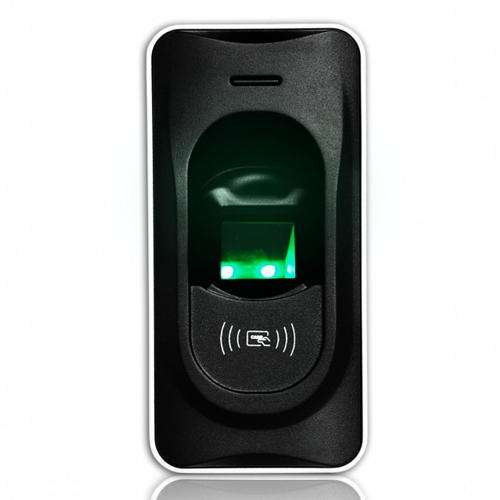
8.
Do you need an Exit Switch?
When using access control you can use a device for entry and a switch for exit. But this is not recommended as the device cannot identify the employee who uses the exit switch.
9.
Do you need a USB Port?
You should choose a device with USB port if you would need the following:
- Option to copy data from the device manually if other modes of communication fail
- Option to copy face/fingerprint/rfid templates from one device to another
10.
5V or 12V?
If you want to connect the device to a door lock and you want to supply power to the lock from the device, you will have to choose a device that works in the same voltage as your lock.
11.
Do you need a printer?
If you want to use the device in a canteen, you may need to print a slip as employee punches; make sure the device is compatible with the printer.
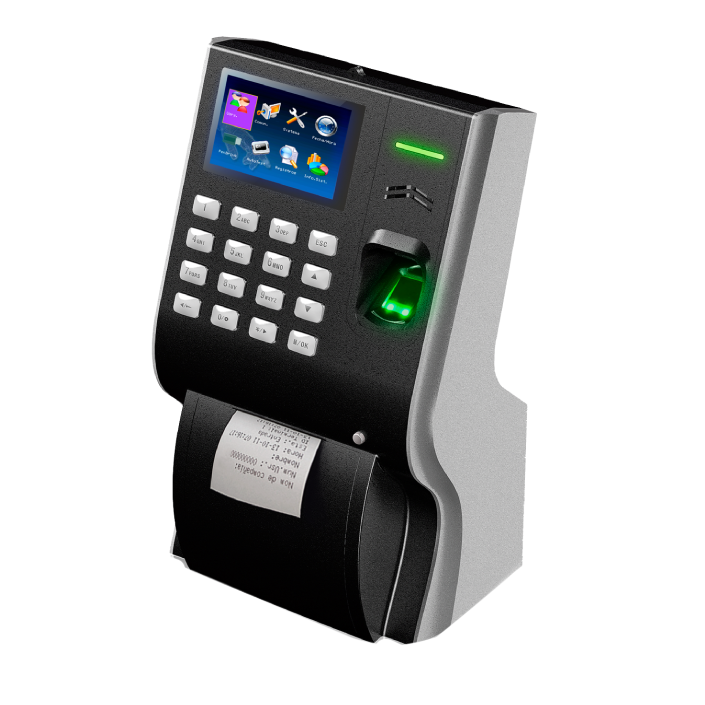
12.
What device size and color?
Ensure that the size and color of the device matches with your interior design.
